Forest Research Institute Malaysia Forest Park Selangor
The earliest example of full rainforest restoration on formerly barren mining land.
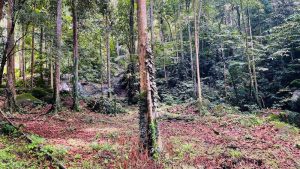
The earliest example of full rainforest restoration on formerly barren mining land.
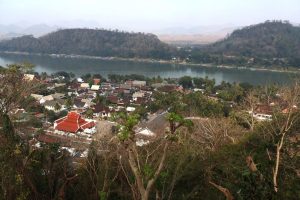
Former capital city with an interesting fusion of traditional Lao architecture with European colonial styles.
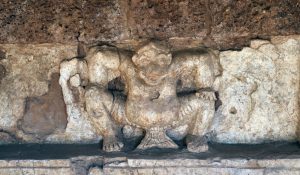
Remains of a town and other monuments dating to the Dvaravati Empire, origin of the Si Thep School of Art.
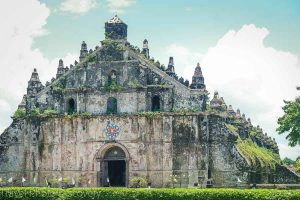
Four churches built in a uniquely Filipino form of Baroque architecture.
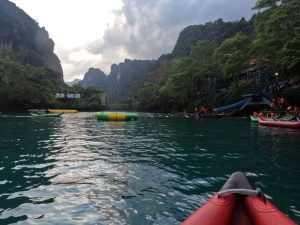
An area of extraordinary natural beauty with distinctive karst formations and cave ecosystems.
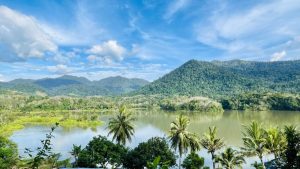
Archeological sites showing evidence of 1.83 million years of continuous hominid habitation.
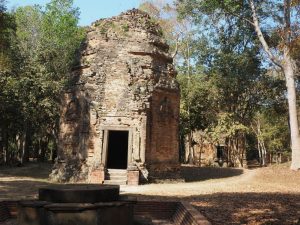
A group of 6th-7th-century Hindu temples where the capital of the Chenla Empire once stood.
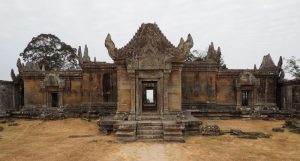
An 11th-century Hindu temple complex in an isolated and dramatic location, with remarkably well-preserved architecture and art.
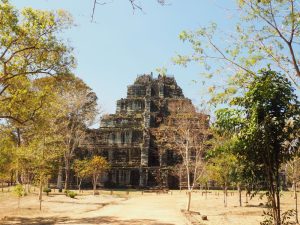
10th-century temples from a short-lived capital city, origin of the Koh Ker style of sculpture.
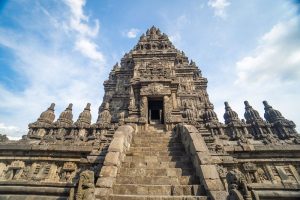
A 9th-century complex of hundreds of Hindu and Buddhist temples with stone carvings that are masterpieces of Siva art.
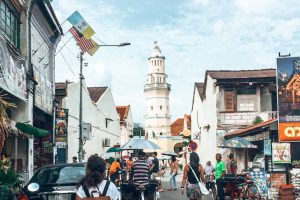
Two colonial-era towns where cultural exchange has created unique townscapes and local culture.
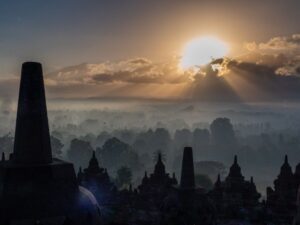
A massive and intricately-carved 9th-century Buddhist temple.
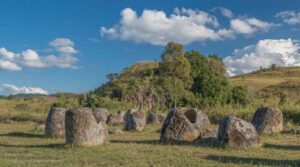
Ancient sites with large stone jars that were used in funeral rituals.
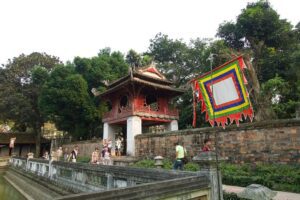
The remains of what was the center of political power in Vietnam for over a thousand years.
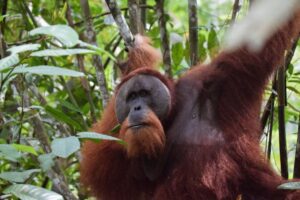
Three national parks that protect a wide range of endemic flora and fauna, including endangered species.
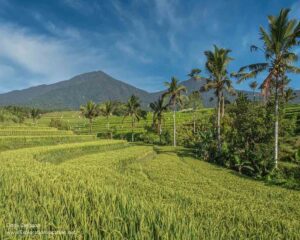
A traditional communal system interconnecting natural, religious and cultural components.
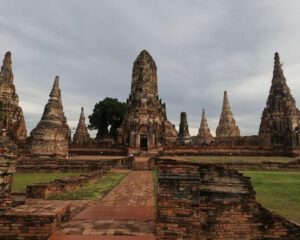
A 14th-18th century city that served as a seat of the Siamese royal court and whose art and architecture show international influences.
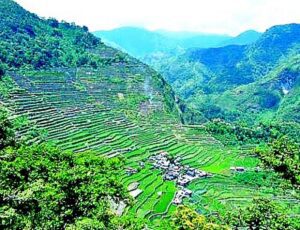
A living cultural landscape that has endured for 2000 years.
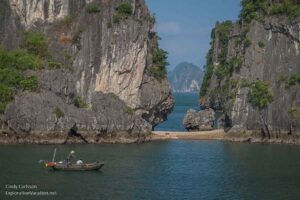
A stunning natural landscape and seascape of tall limestone pillars and islands.
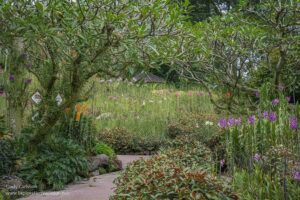
An extensive tropical garden that has evolved since its founding in the colonial period to become a world-class scientific institution.
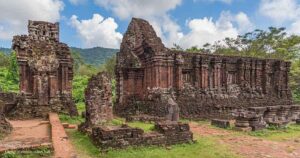
Evocative ruins of Champa kingdom Hindu temples, elaborately carved, with brick towers.
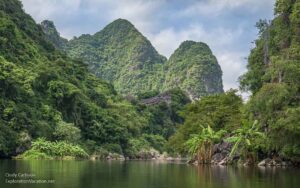
A stunning rural landscape of steep karst mountains, river valleys, rice fields and villages.
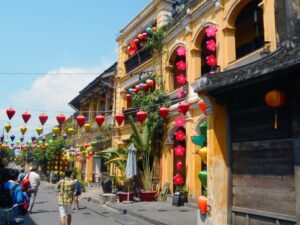
An ancient and well-preserved trading port with traditional wooden buildings that show the traces of indigenous, Chinese, Japanese and European influences.
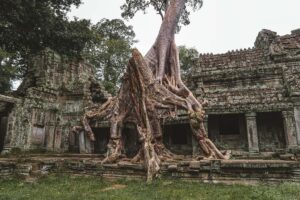
Evocative archeological site with 1000+ temples testifying to an exceptional civilization.
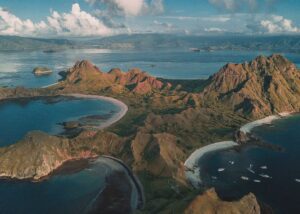
Beautiful home to the Komodo dragon and a richly biodiverse conservation area.
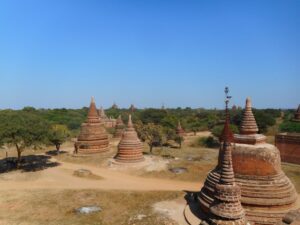
An archeological zone of thousands of Buddhist structures dating to the 11th-13th centuries.